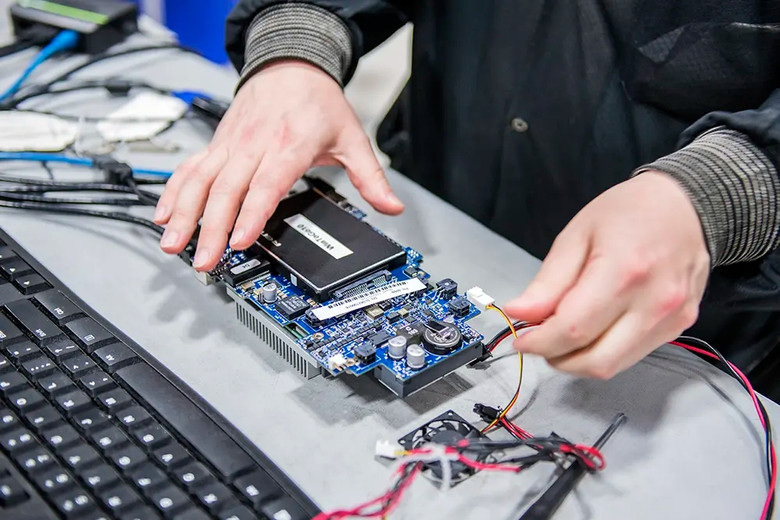Firmware: Capitalizing on IP & Enabling Hardware

Firmware is low-level software that is embedded directly into a hardware device. The actual code – depending on the device this is usually some combination of C, Assembly, Java, and/or Python – is stored and run from read-only memory (ROM) chips soldered to the hardware. Firmware provides the basic control and management functions for hardware components.
Filling the Gaps with Firmware
There are countless analogies, but perhaps the best way to think of firmware is as a way to fill the gaps between devices. At the broadest level, firmware acts as “glue” logic between devices that are not inherently compatible, or it can serve as a translator between the hardware and high-level software. Simply put, firmware allows hardware devices to communicate with other hardware devices and high-level software.
By its very nature, firmware can be difficult to change once hardware deploys, which can lead to a host of issues ranging from a security vulnerability to a data leak to something as innocuous as improper data formatting. As such, Sealevel places an added emphasis on firmware development.
Firmware Supports the Evolution of Hardware
According to Mike Peters, a senior Sealevel software engineer, high-quality, flexible firmware plays a critical role in the constant evolution and emergence of hardware.
“As technology evolves,” said Peters, “there are new requirements, new features that need to be added, and threats can arise that you didn’t think about during the product development. The really nice thing about developing and intentionally re-using proven, tested firmware is that you can build in the capability to upgrade it in the field, allowing you to fix any holes or gaps and to add new features. In many cases, we have been able to incorporate remote access into firmware, allowing users to push upgrades or fixes over a network without the need to pull units from the field.”
Sealevel has more than 35 years of experience designing and building hardware. During this time, we have built a library of intellectual property (IP), of which firmware is a large segment. Incorporating firmware from the IP library allows us to dramatically cut down on the development time of new and/or custom products. Further, because of our experience and familiarity, we avoid the common pitfalls associated with firmware development, and constantly test and re-test the code throughout the entire product development cycle.
Categories:
